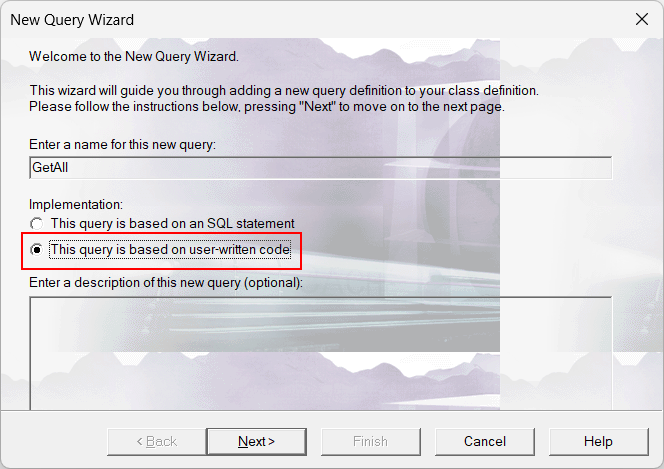Is it possible to retrieve the SQL-Executing process ID (PID) from a process spawned from a UNION %PARALLEL? I have a value set in the SQL-Executing process that I need to replicate in the UNION %PARALLEL spawned process(es). The SQL-Executing process writes the value to a global subscripted by its PID so determining the SQL-Executing PID from the spawned process is what I need. I expected $ZPARENT from the spawned process would hold the SQL-Executing PID but the PID returned is different.
With thanks,
Michael Hill

.png)
